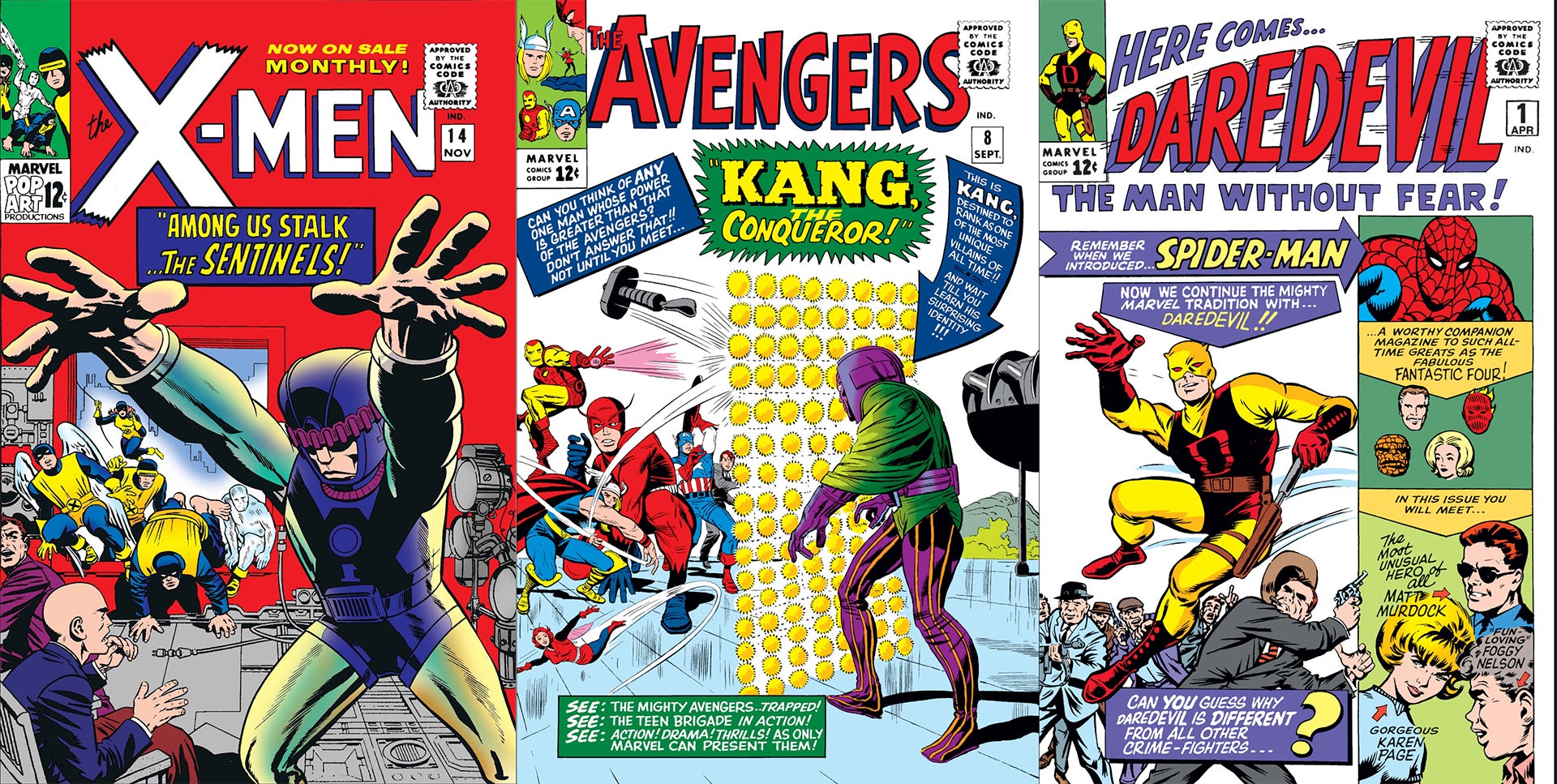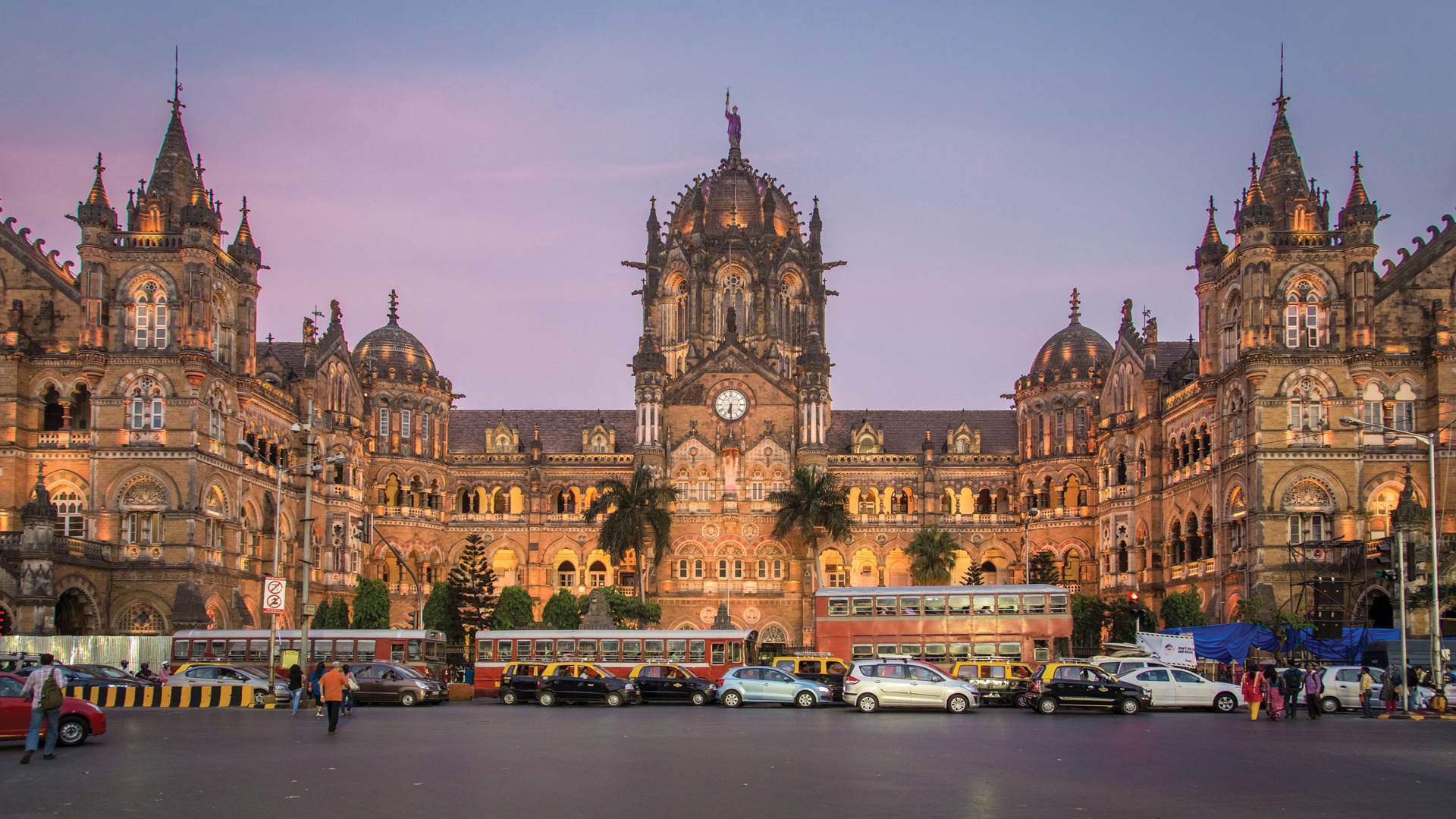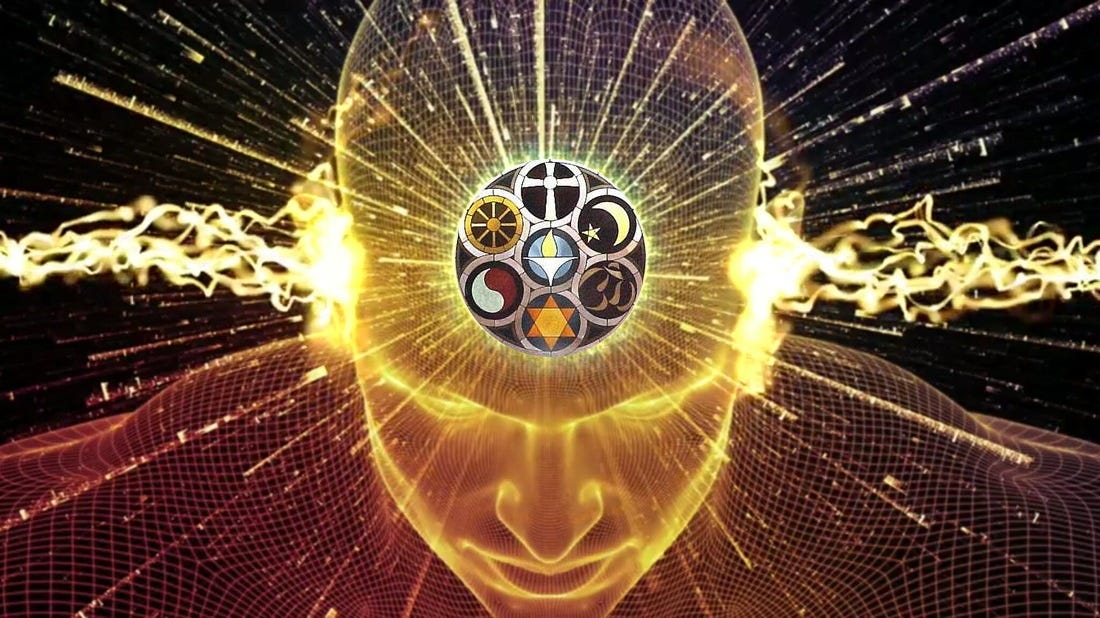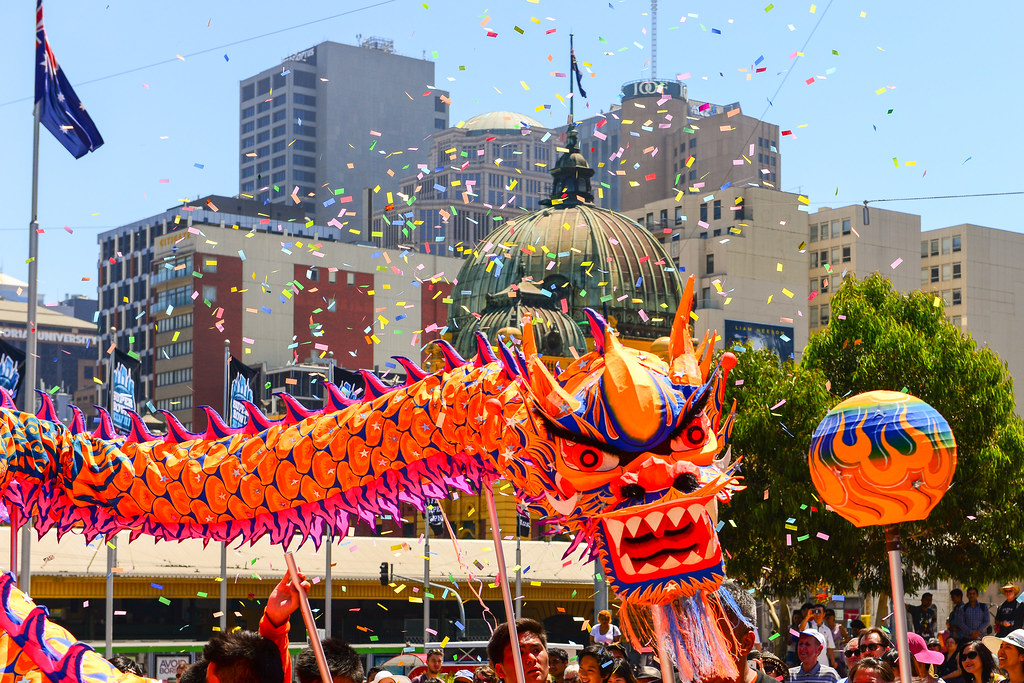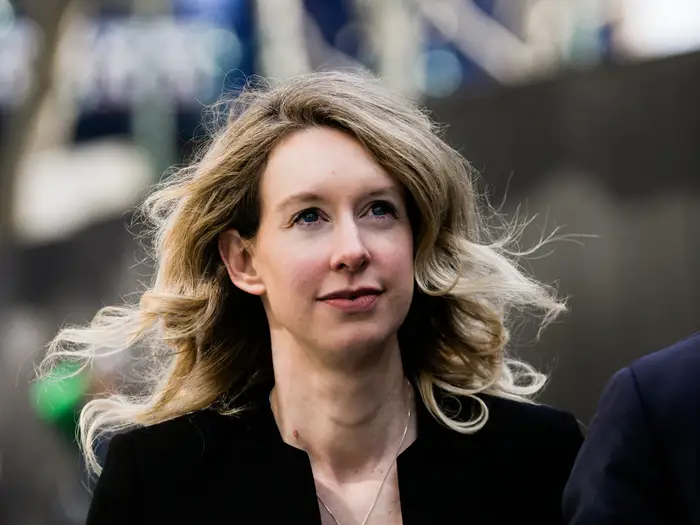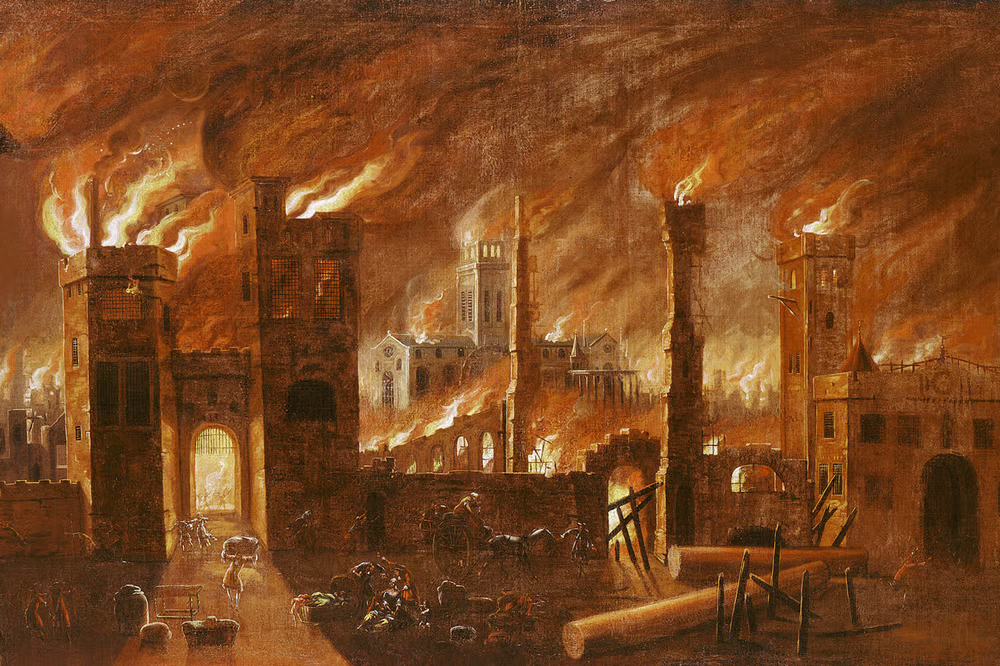zoomacademia.com – Mumbai, often referred to as the “City of Dreams” or “Maximum City,” is the economic powerhouse of India and one of the most vibrant and diverse cities in the world. This bustling metropolis, located on the western coast of India, offers a striking blend of rich history, modern architecture, and cultural heritage. Whether you’re a history buff, a foodie, a shopaholic, or an adventure seeker, Mumbai has something to offer everyone.
1. Rich History and Iconic Landmarks
Mumbai’s history is deeply intertwined with its colonial past and the flourishing of trade in the 19th century. The city is home to several iconic landmarks that reflect its colonial architecture and cultural diversity.
-
Gateway of India: This monumental archway, built in 1924, is a symbol of Mumbai’s rich history. It was erected to commemorate the visit of King George V and Queen Mary to India. The view of the Arabian Sea from here is breathtaking, and it serves as a starting point for boat trips to Elephanta Island.
-
Chhatrapati Shivaji Maharaj Terminus (CST): A UNESCO World Heritage site, this historic railway station is a blend of Victorian Gothic and Indian architectural styles. It’s one of the busiest railway stations in India and a stunning example of colonial architecture.
-
Elephanta Caves: Located on an island off the coast of Mumbai, the Elephanta Caves are ancient rock-cut temples dedicated to Lord Shiva. These caves are renowned for their intricate sculptures and carvings, and a boat ride to the island adds to the charm.
-
Colaba Causeway: A bustling street market area filled with colonial-era buildings, antique shops, and cafes. It’s a great place to soak in the history and culture of Mumbai.
2. Cultural Diversity and Vibrant Art Scene
Mumbai is a melting pot of cultures, languages, and traditions. From Bollywood to local street performances, the city thrives on creativity and expression.
-
Bollywood Tours: As the center of India’s film industry, Mumbai is home to Bollywood, and visitors can tour film studios and even catch a live shoot if they’re lucky. The Bollywood experience gives a deep insight into the world of Indian cinema and entertainment.
-
Chor Bazaar (Thieves Market): A unique shopping experience, Chor Bazaar is one of the largest flea markets in Mumbai. From vintage items to antique furniture, it’s a treasure trove for collectors and a great way to experience the local culture.
-
Kala Ghoda Arts Festival: Held annually in the month of February, this arts festival celebrates Mumbai’s cultural heritage through art exhibitions, theater performances, and music. It’s a great way to connect with local artists and creators.
-
Prince of Wales Museum (Chhatrapati Shivaji Maharaj Vastu Sangrahalaya): A museum showcasing Mumbai’s history, art, and culture, it’s home to an impressive collection of sculptures, artifacts, and ancient relics.
3. Natural Beauty and Scenic Views
While Mumbai is often associated with its urban sprawl, the city is also home to beautiful natural landscapes and coastal views.
-
Marine Drive: Known as the “Queen’s Necklace” for its glowing streetlights at night, Marine Drive is one of Mumbai’s most iconic stretches. It runs along the Arabian Sea and offers stunning views of the coastline, making it a perfect spot for evening strolls.
-
Juhu Beach: One of the most famous beaches in Mumbai, Juhu Beach is a popular spot to relax, enjoy street food, and witness beautiful sunsets. The beach is also home to several Bollywood celebrities’ residences.
-
Elephanta Island and Beaches: In addition to the Elephanta Caves, the island offers serene beaches where you can relax and enjoy the ocean breeze. A ferry ride to the island is a scenic experience in itself.
-
Sanjay Gandhi National Park: A green oasis amidst the hustle and bustle of Mumbai, this park is home to wildlife, ancient Buddhist caves, and lush forests. The park provides hiking trails and a peaceful retreat from the city’s chaos.
4. Culinary Delights: A Food Lover’s Paradise
Mumbai is a food lover’s dream, offering a variety of flavors that range from street food to high-end dining experiences. The city’s cuisine reflects its cultural diversity, with influences from all over India and the world.
-
Vada Pav: Often referred to as Mumbai’s burger, Vada Pav is a spiced potato fritter sandwiched in a bun, served with chutneys. It’s a beloved street food and is available at countless stalls throughout the city.
-
Pav Bhaji: A popular Mumbai snack made of spiced mashed vegetables served with buttered bread. It’s often enjoyed at the city’s iconic beachside stalls.
-
Bhel Puri: A savory, crunchy snack made from puffed rice, vegetables, and tangy chutneys, this dish is a must-try when visiting the city.
-
Biryani and Seafood: Mumbai’s diverse population means there’s a wide range of cuisines, and the city is famous for its delicious Biryani and fresh seafood, especially in coastal areas like Versova and Colaba.
-
Fine Dining: Mumbai boasts an array of upscale restaurants offering international cuisines, from Michelin-starred restaurants to trendy cafes offering a fusion of traditional Indian and global flavors.
5. Shopping Extravaganza
Mumbai is a shopper’s paradise, where luxury brands sit alongside local bazaars. Whether you’re looking for high-end fashion or quirky souvenirs, the city has something for everyone.
-
Colaba Causeway: This lively street market is perfect for bargain hunting, offering everything from clothing to antiques.
-
Crawford Market: One of the oldest and busiest markets in Mumbai, it’s known for its exotic fruits, spices, and fresh flowers. It’s a great place to immerse yourself in the hustle and bustle of local life.
-
High Street Phoenix and Palladium Mall: For those looking for a more luxurious shopping experience, these malls offer top international brands, along with a variety of restaurants and entertainment options.
6. Best Time to Visit Mumbai
Mumbai has a tropical climate, so it’s best to visit during the cooler months between November and February. The weather during this period is pleasant, with mild temperatures and low humidity. Avoid visiting during the monsoon season (June to September), as heavy rains can disrupt travel plans.
7. How to Get There
Mumbai is well-connected by air, rail, and road. The Chhatrapati Shivaji Maharaj International Airport serves both domestic and international flights, making it easy to reach from anywhere in the world. Mumbai’s CST and Dadar stations also connect the city to various parts of India by train, while local transport options like taxis, auto-rickshaws, and the Mumbai Local trains make getting around the city convenient.
Conclusion
Mumbai, with its blend of tradition and modernity, offers travelers a dynamic experience that is as diverse as the city itself. From historical landmarks to modern skyscrapers, delicious food to shopping, and vibrant nightlife to cultural experiences, Mumbai is a city that promises to leave a lasting impression. Whether you’re here for a short visit or planning to stay longer, Mumbai will captivate your heart and make you want to come back for more.


